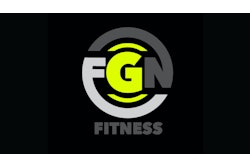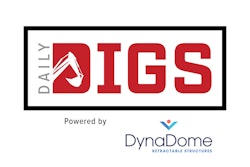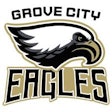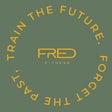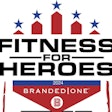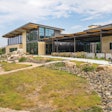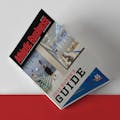Suggestions from fitness instructors who incorporate core training into their classes and personal training work.
Core strengthening exercises are popular at many fitness centers, and it's no wonder. They often relieve various aches and pains, especially back pain, due to weak muscles and poor posture. Core strengthening also helps to improve balance. Many athletes perform core strengthening exercises to increase the torso stability they need for peak sport performance.
Many people seeking physical fitness focus on aerobic activity and strength training, which primarily work the large muscle groups of the limbs and torso. While the core muscles perform some stability work during most aerobic and strength-training exercise, they may not get enough of an overload to prevent the atrophy that occurs with sedentary lifestyles.
You can offer core strengthening for your clients in many ways. Some fitness centers offer specialized classes for core strengthening, often using stability balls and other props that challenge core muscle groups. Pilates classes focus a great deal on developing the core muscle groups. Group exercise classes can incorporate aerobic training, strength training, stretching and core work into a combination format that provides multiple physical conditioning benefits. Following are suggestions from fitness instructors who incorporate core training into their classes and personal training work.
Create a package
Offer core strengthening exercises as part of a total conditioning package. When core strength training first became popular, many fitness centers offered classes that specialized in core strengthening. These were really popular at first, perhaps partly because of their novelty. But people need more than just core training; and, while some people love these classes, many clients don't have time for a special core class in addition to the other activities they need for basic health and fitness.
It's easy to include 10 minutes of core work as part of a group exercise class or strength-training workout. In fact, core muscles have to perform stabilization for many strength exercises, especially with free weights. A variety of exercises for the abdominal muscle group and low back extensors are traditional features of well-rounded workouts, and should be part of an exercise class or personal training session.
Use destabilizing props
Stability balls, discs, boards, medicine balls and other equipment that challenges balance provide great training to core muscles. Props also provide variety to keep core work interesting. Many personal trainers make extensive use of these props with their clients.
Don't forget older adults
Older adults gain wonderful health and fitness benefits from core strengthening work. Core muscles tend to be more atrophied in this group, especially in sedentary clients. Core work relieves many aches and pains caused by muscle weakness -- pain mistakenly accepted as part of the aging process. Strengthening core muscle groups improves balance and prevents falls in many older adults.
Emphasize good posture and alignment
REFERENCES
Black, S.A. Profiting from functional fitness. Fitness Management 21(2): 40-42, February 2005.
Cosio-Lima, L.M., K.L. Reynolds, C. Winter, et al. Effects of physioball and conventional floor exercises on early phase adaptations in back and abdominal core stability and balance in women. Journal of Strength and Conditioning Research 17(4): 721-726, November 2003.
Stanton, R., P.R. Reaburn and B. Humphries. The effect of short-term Swiss ball training on core stability and running economy. Journal of Strength and Conditioning Research 18(3): 522-529, August 2004.
Tortora, G.J., and S.R. Grabowski. Principles of Anatomy and Physiology. HarperCollins: New York, N.Y., 2003.



















